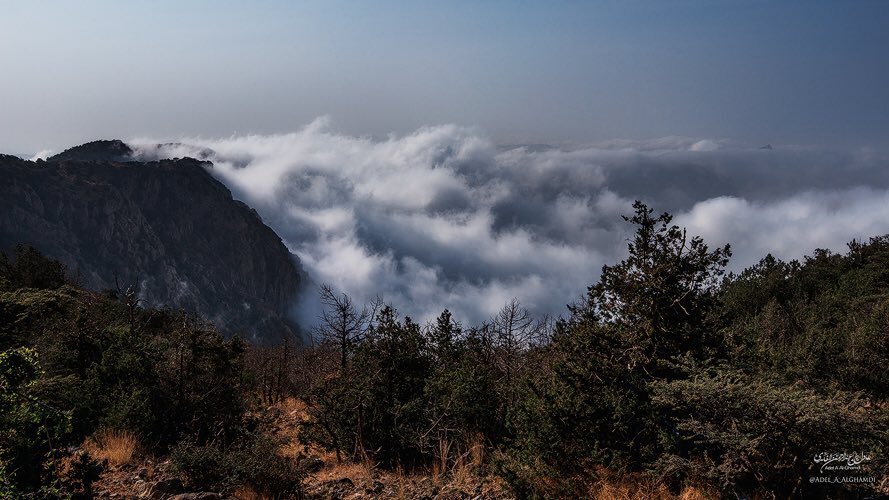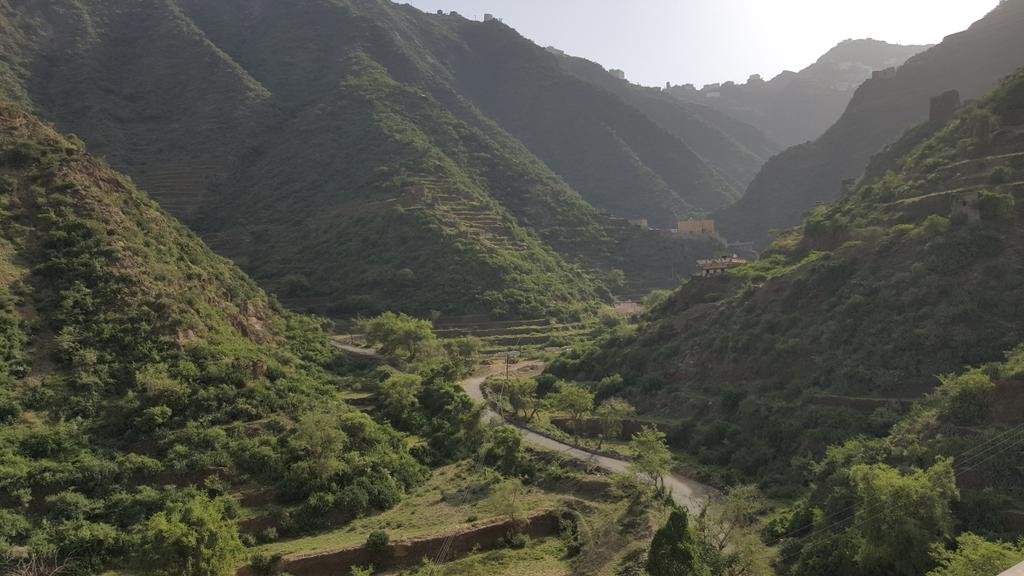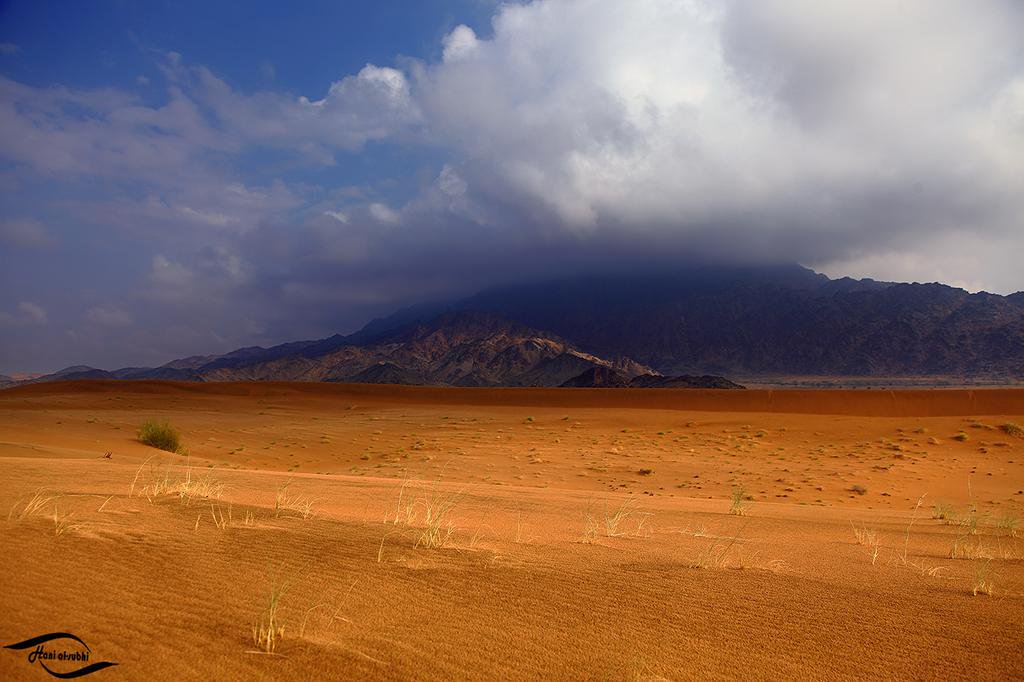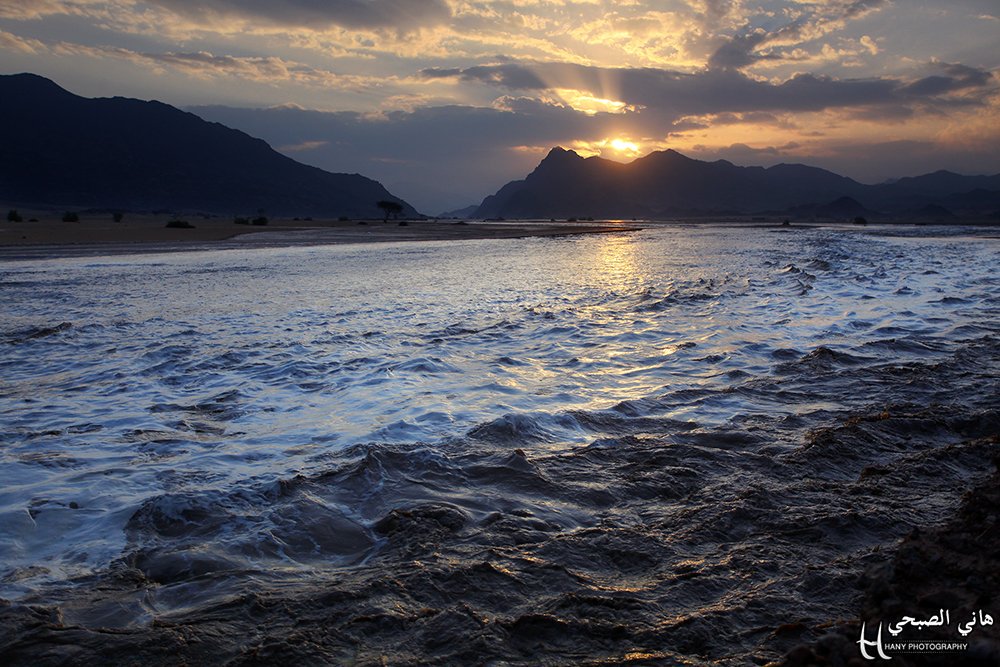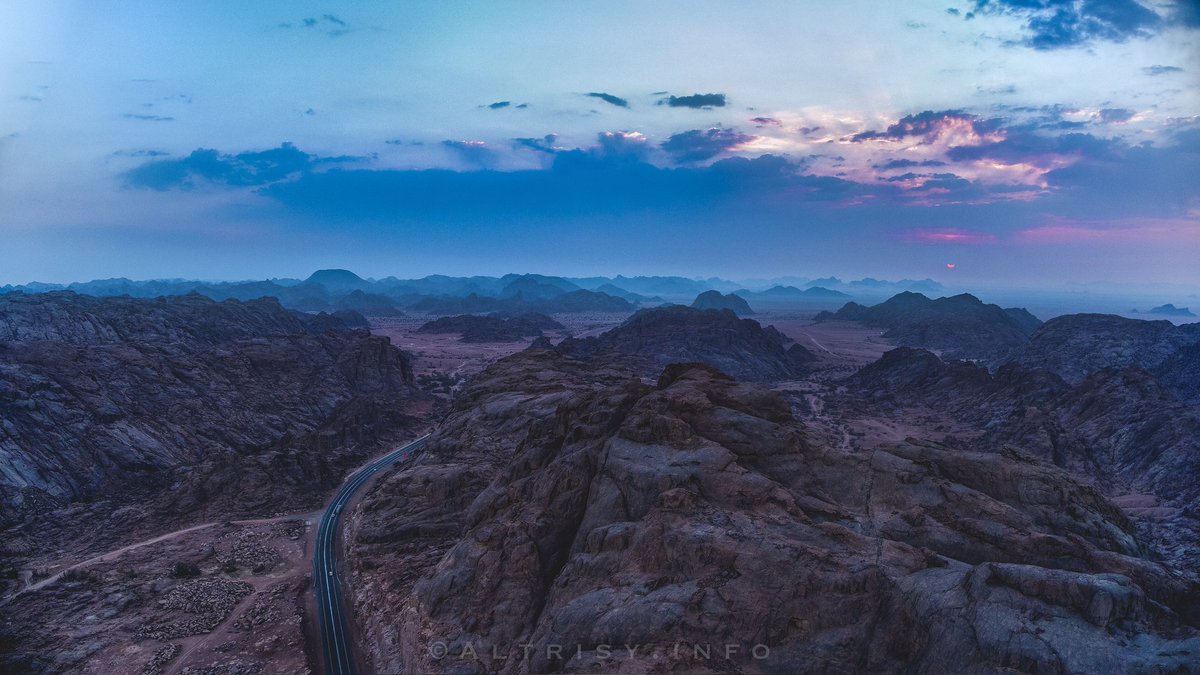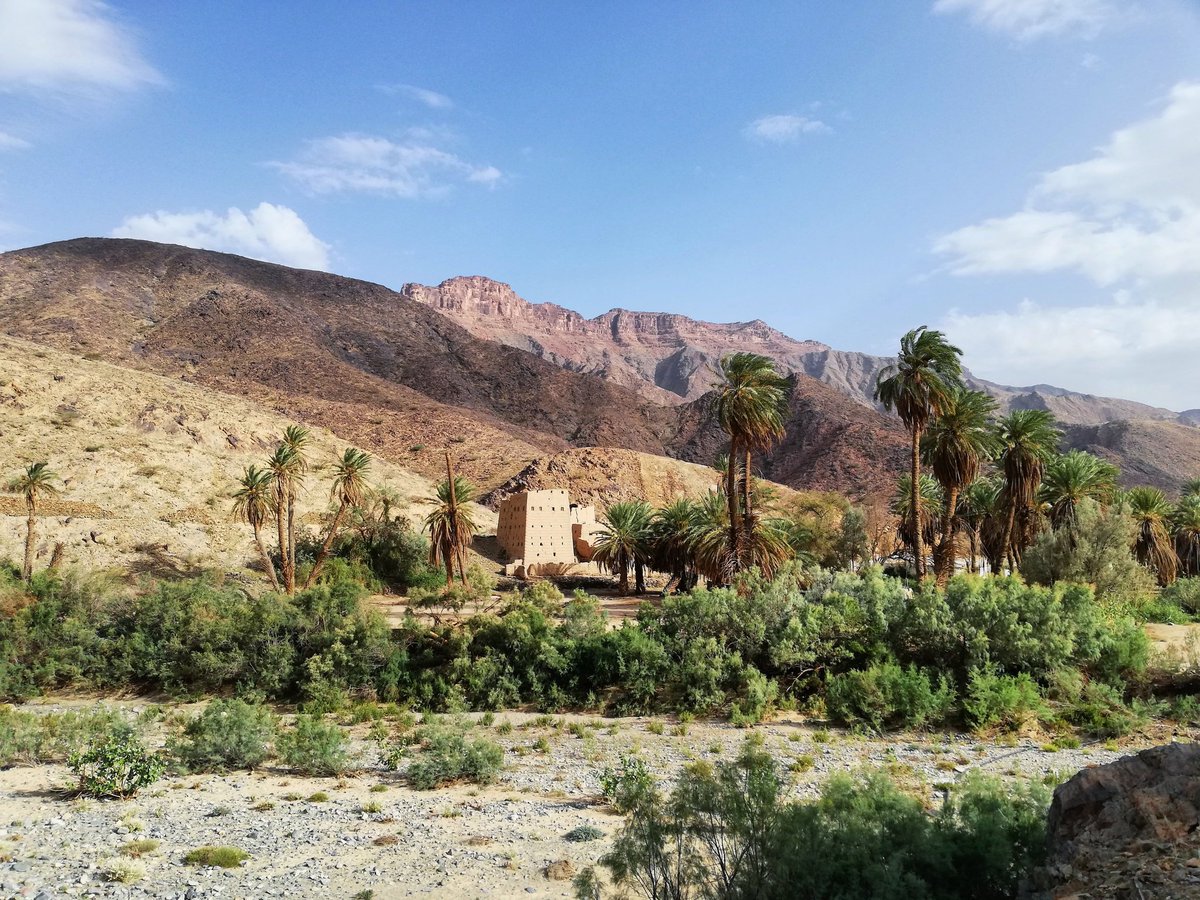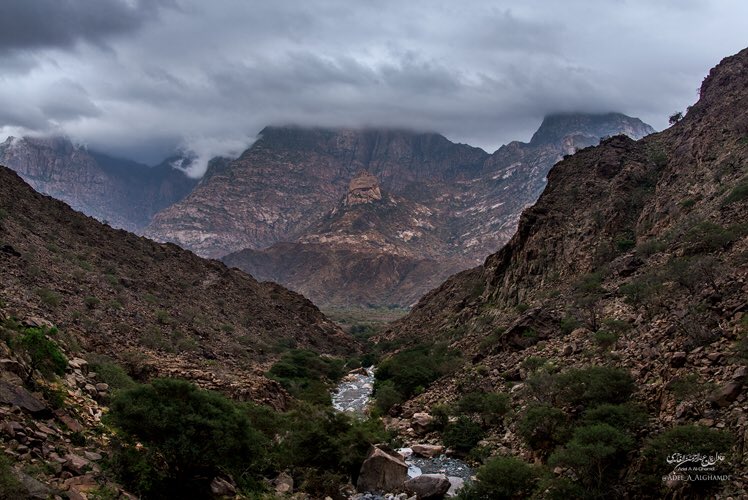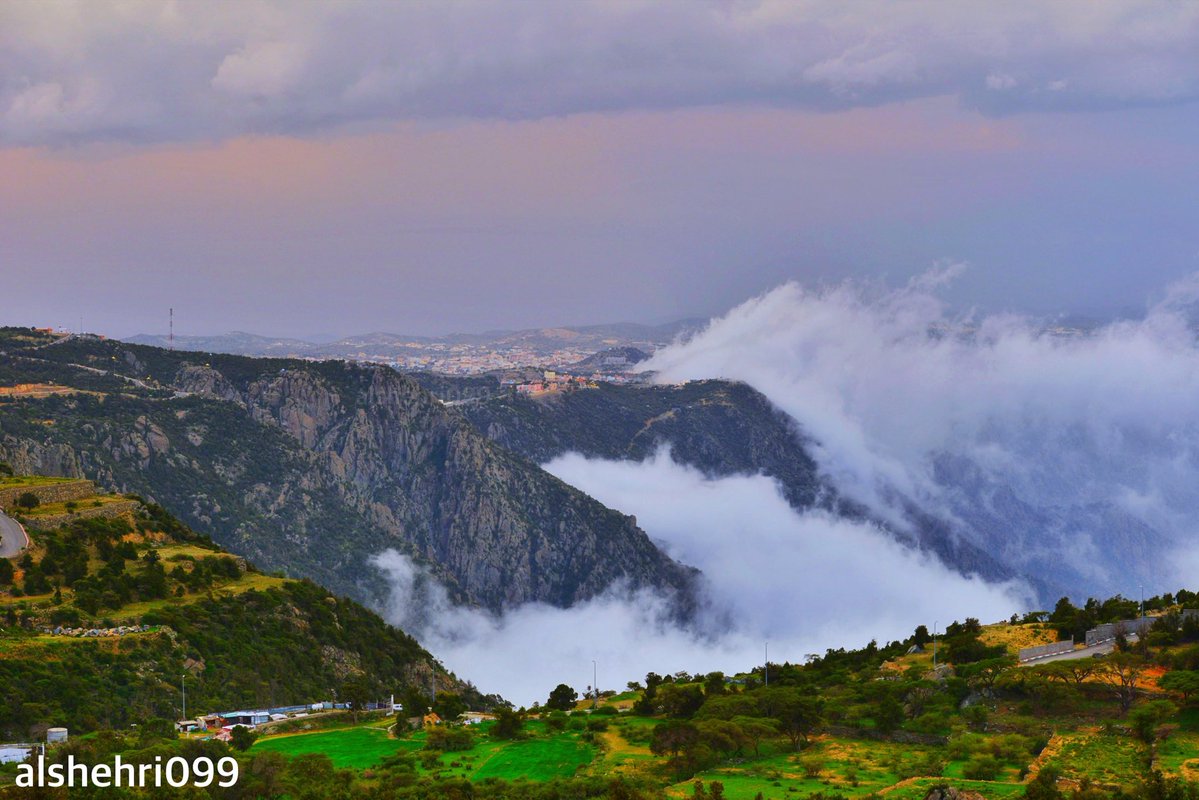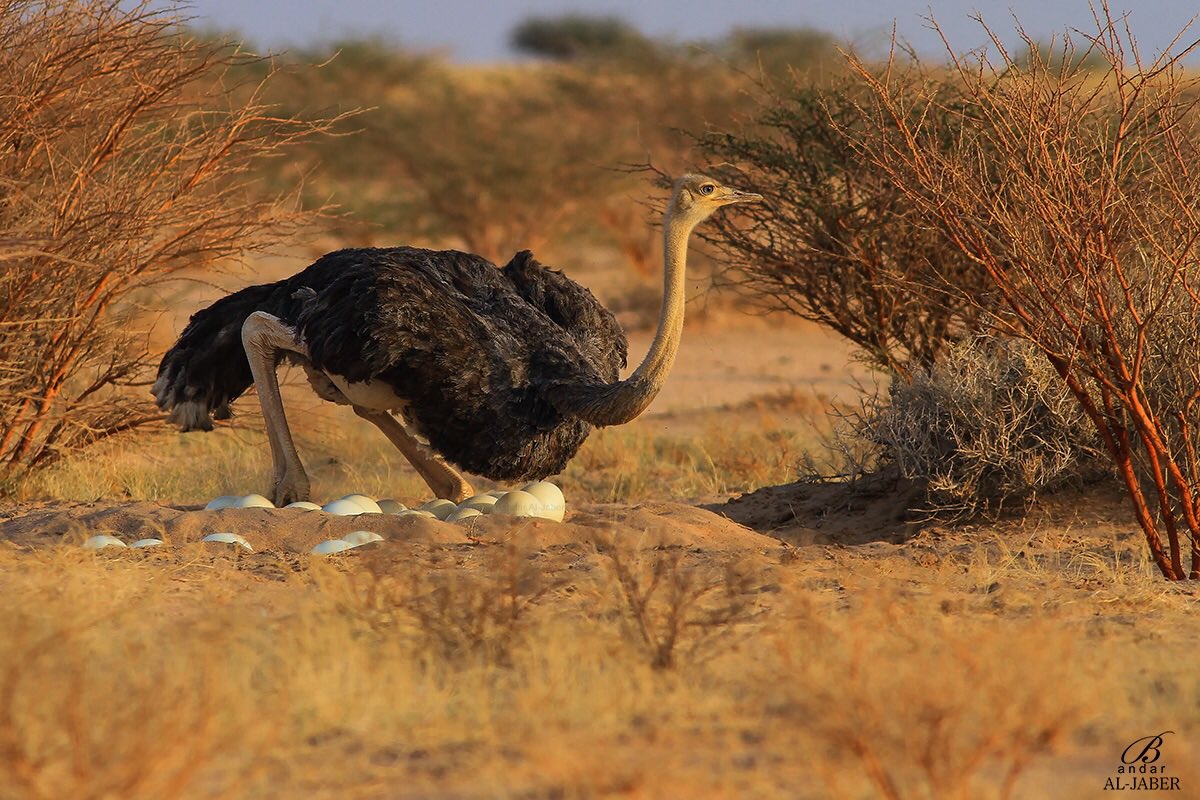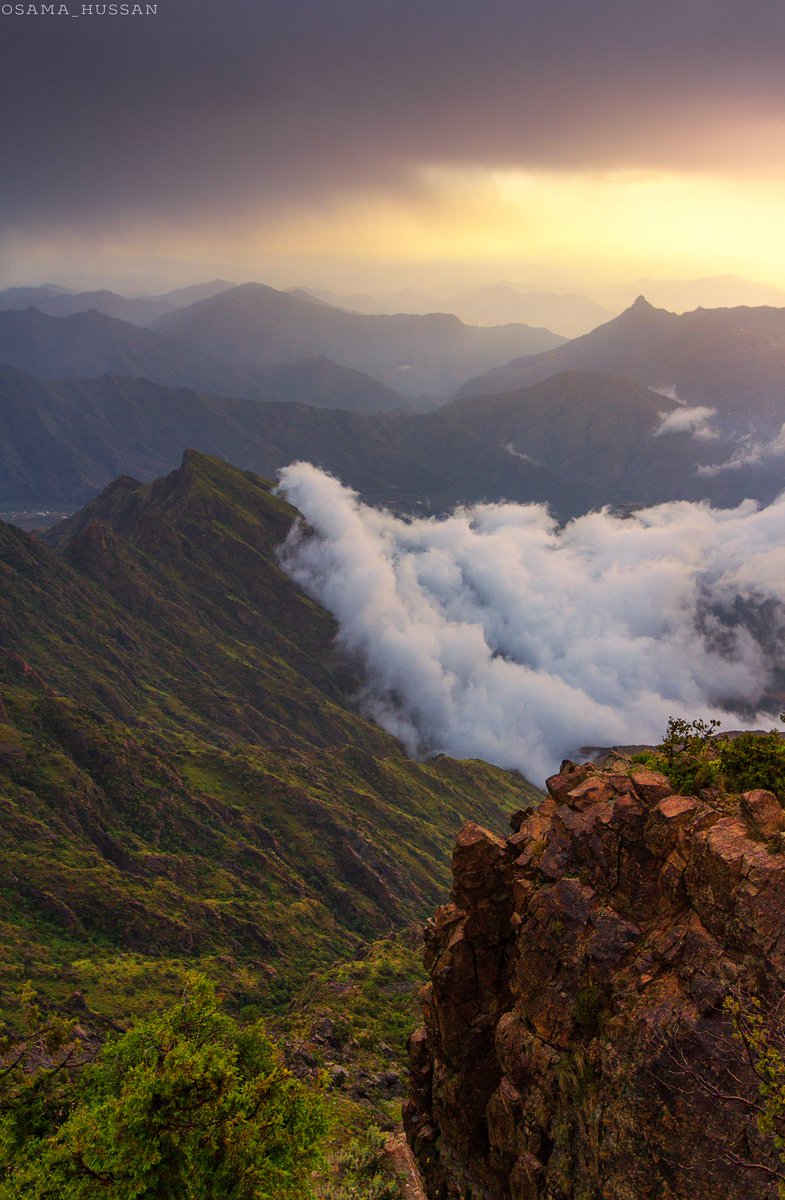such beautiful country to capture.



That never happened in history and cannot happen. KSA has been unconquered throughout history. Too big and too harsh/difficult landscapes and climate, lol. The Greeks, Romans, ancient Egyptians (closely related to us and fellow Semites) and ancient Mesopotamians (closely related to us and fellow Semites) next door as well as Persians in the past (you are an Azeri if I am not wrong). Even Ethiopians tried, lol. Mongols too. Westerners (Brits and French) too but failed. Happened the other way around though.

Ottomans (most of them were fellow Arabs) did not conquer Arabia either only limited areas of it (Hijaz) and never had many soldiers. Local rulers (Sharif of Makkah) ruled on their behalf and were independent rulers. Najd, Eastern Province, Southern KSA and Northern KSA were never part of the Ottomans. 90% of the country.
Anyway everyone is welcome to visit and that includes Iranian neighbors as well in particular Iranian Arabs but everyone else too. As long as they are peaceful. 100.000's of pilgrims visit already but until very recently they could only visit those 2 cities and the King Abdulaziz International Airport in Jeddah, lol.
only request is to label the photos so we know what it is
Some of the photos (in fact many) are from Flickr and they have descriptions. Obviously not all. Just google the images.
 B&W - Masjid Al Nabwi
B&W - Masjid Al Nabwi by
Sadoons Photography, on Flickr
 Untitled
Untitled by
Hani Bader, on Flickr

rejal alma3 0003 by
osama alslmi, on Flickr

tehaan1 by
osama alslmi, on Flickr

رجال ألمع by
osama alslmi, on Flickr
Below is a typical Hijazi house with a slightly modern touch. Built by Sayyid Sami Angawi. One of the standard bearers of Hijazi culture and a prominent architect as well as a prominent Sufi.
Sami Angawi - Wikipedia, the free encyclopedia
With former US president Jimmy Carter.
His house is built in a typical Hijazi style and resembles the old town of Jeddah (Al-Balad) which is a World UNESCO Heritage Site.
The embarrassing part of all this is that once not that long ago every major city in Hijaz had such old city centers (often much better preserved than those found in Jeddah today) but much is sadly in a very bad condition or gone.

If just 20% of the new houses/buildings were built in the traditional Hijazi style I would be a very happy person. Unfortunately this is just a distant dream as hardly anyone in the world continues to built modern-day buildings in a traditional fashion other than occasionally. I can only think of Yemen but that is a double-edged sword as many of the buildings built in a traditional standard don't live up to the modern-day standards that many (vast majority) of people aspire to.
Anyway here is a reportage.
















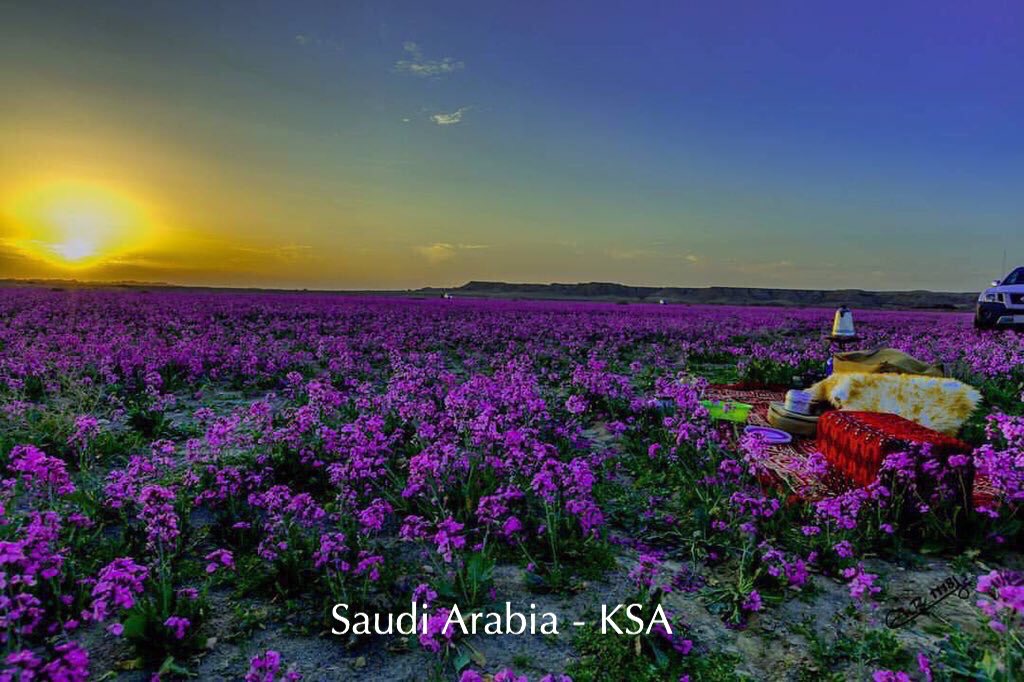




 Ras Tanura Beach
Ras Tanura Beach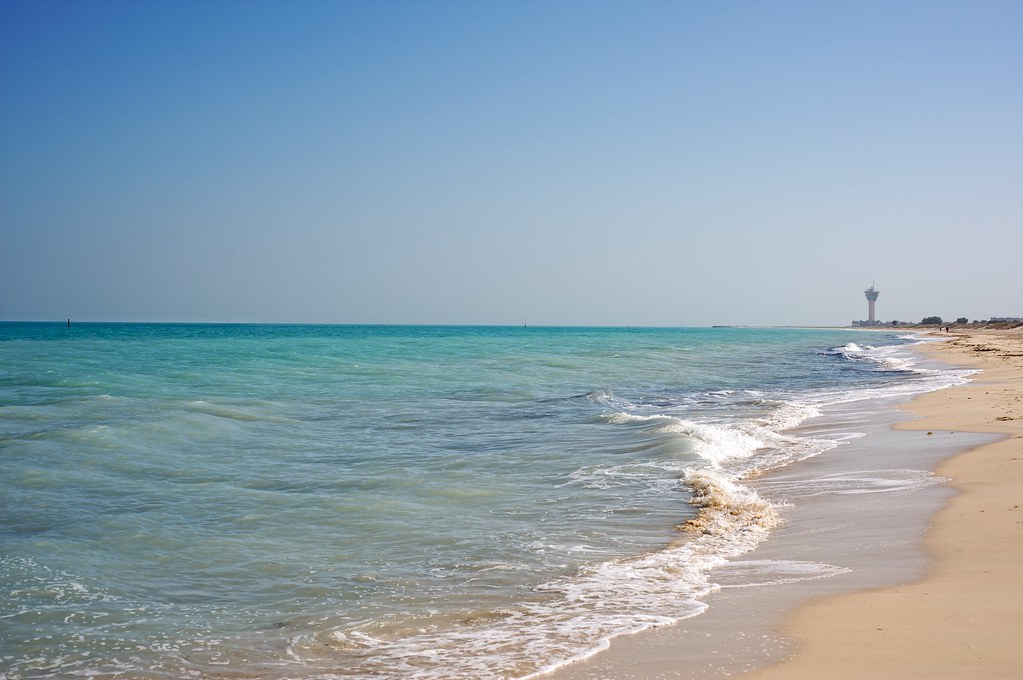 Beaches of Saudi Arabia - Ras Tanura
Beaches of Saudi Arabia - Ras Tanura

 Al Wadj Bank, Saudi Arabia (NASA, International Space Station Science, 12/30/07)
Al Wadj Bank, Saudi Arabia (NASA, International Space Station Science, 12/30/07)
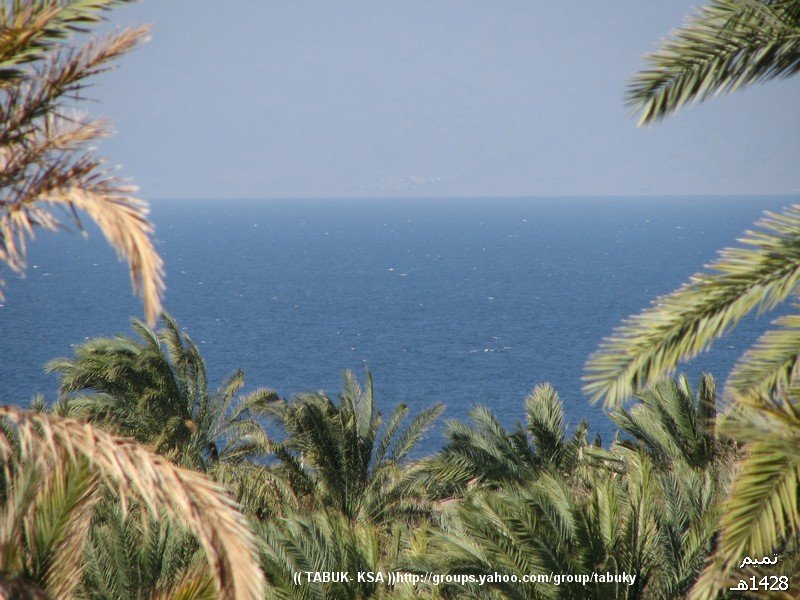





 كشته بحريه
كشته بحريه



 Architecture HDR-Explore Front Page
Architecture HDR-Explore Front Page
 IMG_0272
IMG_0272 مسجد copy
مسجد copy

 RM21012_Masjid_Nabawi_Panorama_012
RM21012_Masjid_Nabawi_Panorama_012
 ALMADINAH
ALMADINAH




 Al Tayebat Centre for Civilization and Stuff
Al Tayebat Centre for Civilization and Stuff

















 Abha Asir Region-7397
Abha Asir Region-7397 Abha Rijal Almaa-7447
Abha Rijal Almaa-7447 Al-Ula-Old Town4
Al-Ula-Old Town4 Al-Ula-Nabatean Workers Tombs2
Al-Ula-Nabatean Workers Tombs2

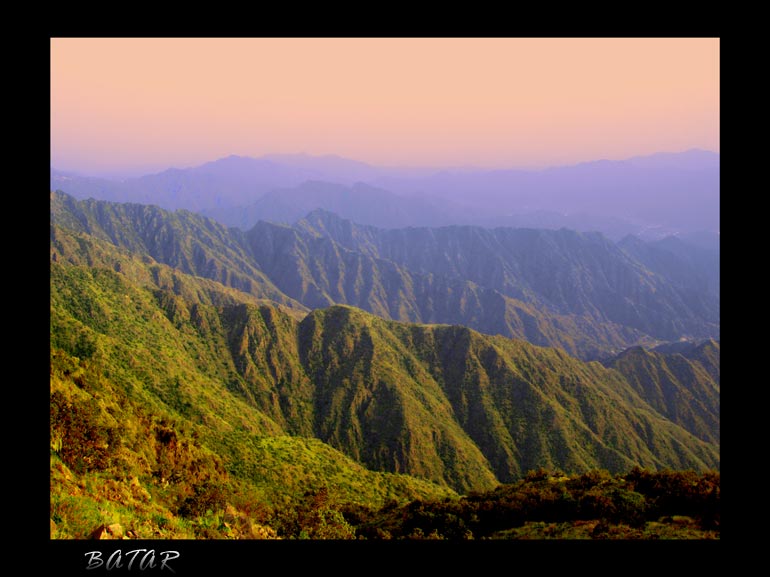


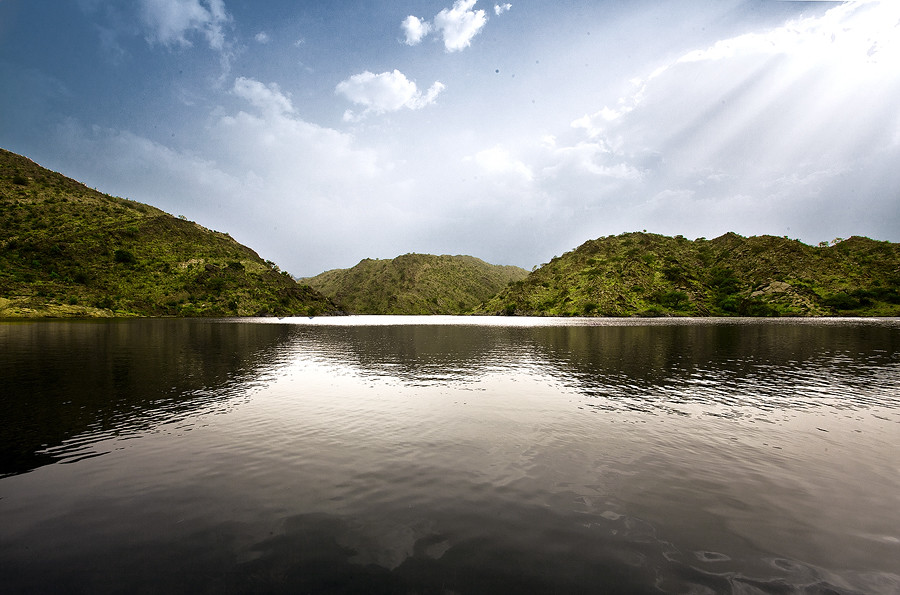


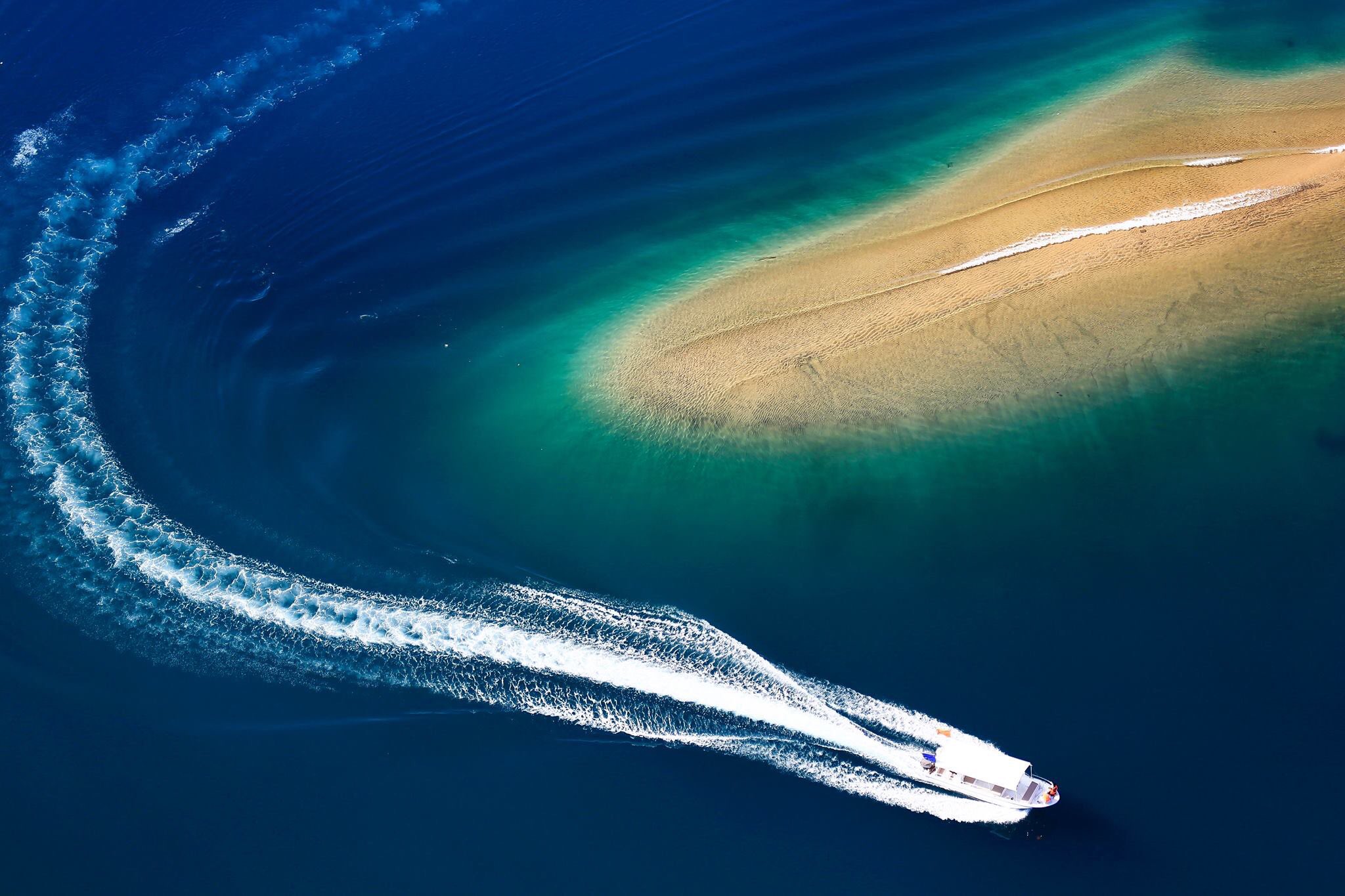







 B&W - Masjid Al Nabwi
B&W - Masjid Al Nabwi Untitled
Untitled














